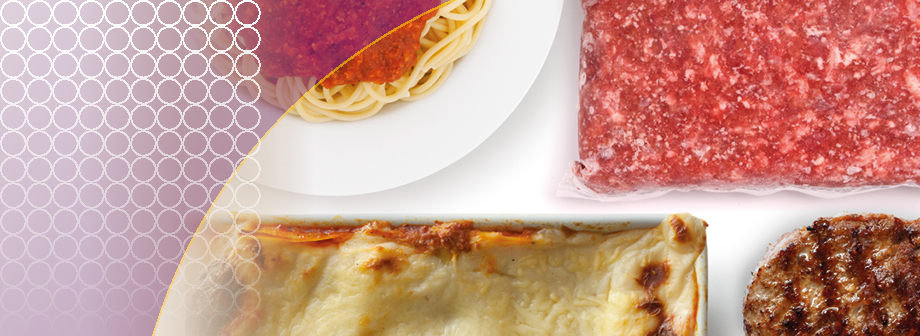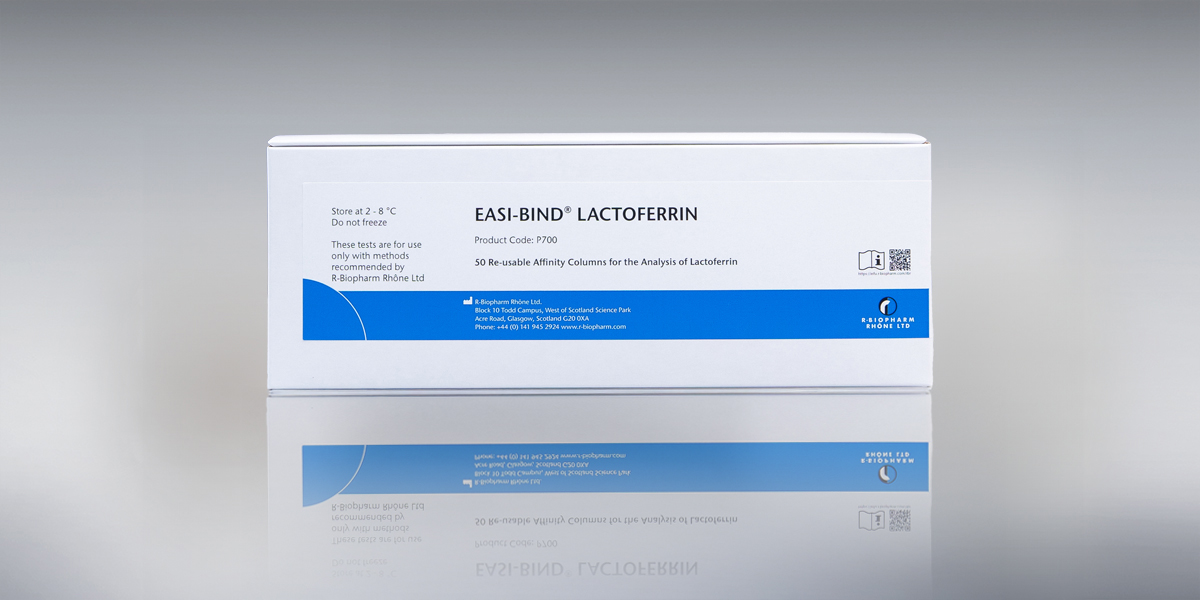
Recent news in Food & Feed Analysis
- Home
- /
- The fight against food...
The fight against food fraud

Deceptive labelling, prohibited additives or the substitution of expensive ingredients with cheaper components: During a global raid against food fraud, Interpol seized counterfeit goods worth approximately 103 million euros. In order to detect adulteration, analytical methods are essential.
Six years after the horsemeat scandal, a new case of food fraud made headlines recently in France: Frozen burgers sold to charities were found to have major quality defects. As reported by the news agency Reuters, the minced beef was so full of fat, soy and starch, it was not technically meat. Now, only a few weeks later, food fraud is in the news again: Interpol published the results of their global operation against food fraud, Opson VIII. During the raid, the investigators detected Arabica coffee adulterated with Robusta beans, apples with forged organic certificates, adulterated alcohol, tampered expiry dates on cheese and chicken, controlled medicines added to soft drinks and hazardous ingredients in fat burner products, among other things. In total, the authorities seized approximately 16,000 tons of food and 33 million liters of beverages in 78 countries and arrested 672 suspects.
The figures clearly show that food fraud is an increasing problem worldwide. It affects all types of products, particularly olive oil, seafood, dairy products, honey, coffee, tea, herbs, spices, wine and spirits. Suitable analytical methods play a key role in the fight against food fraud. But what methods are there to detect adulteration? In our video, Dr. Caroline Knoll explains how it works: https://www.youtube.com/watch?v=68Nz4dhA8v0


